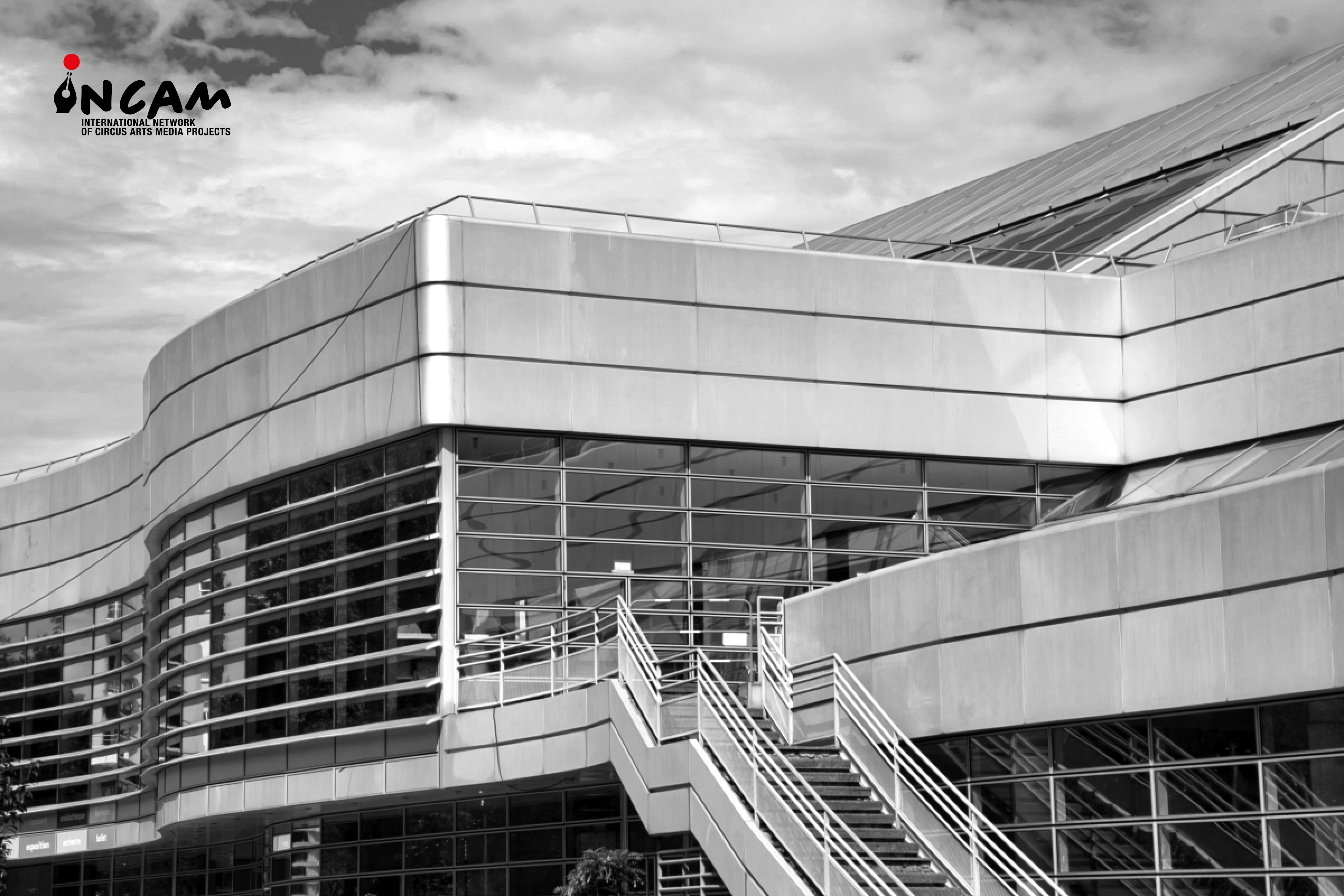Modular spaces: how can a sedentary venue welcome performing arts?

This graphic novel is part of IMAC#2, the inter-magazine circus festival project which brings together 3 international circus magazines, Around About Circus, Juggling Magazine and StageLync, all part of the INCAM network, and students from the Université Libre de Bruxelles, who share their thoughts on circus architecture. The analysis of historical and contemporary circus buildings is thereby used as a starting point for discussions on broader issues concerning artistic, social, cultural, and historical interrelations. The exchanges that took place during the international conference New Circus. New Architectures at Latitude 50 in November 2024, offered a source of inspiration. Their diverse backgrounds—ranging from literature, journalism and acting, to cultural studies—bring unique perspectives, whether they were familiar with the art form or newcomers. They are united by a curiosity for performing arts, which led them to the MA Arts du spectacle program, offering exposure to various art forms, including circus. As part of the Circus|Studies, an interdisciplinary and international research project led by Dr. Franziska Trapp, theatre students explore circus dramaturgy, collaborate with emerging artists, and engage in performance analysis and critique. Their experiences culminate in an MA thesis or graphic novels like the following.


About me and this graphic novel: I'm a French comic book author student based in Belgium. I lived my whole life near Mulhouse (Alsace), where La Filature is located. Every summer a performing arts festival takes place in the streets. Theatre, circus, and storytellers perform in total freedom by using the city as a playground and taking on all obstacles and unexpected circumstances as new and creative ways of reaching people. Making culture inclusive is a relevant battle for me. And this is the kind of small festival that makes it all possible. During four days, people to whom the doors of theatres are usually closed (for lack of access, excessive prices, discrimination), like the homeless, foreigners or disabled people, come together around art. For all these reasons, modular spaces seemed a theme full of potential. This is an incredible concept for new ways of arranging space and finding compromises between artists, audiences and sedentary buildings to keep the performing arts alive.

